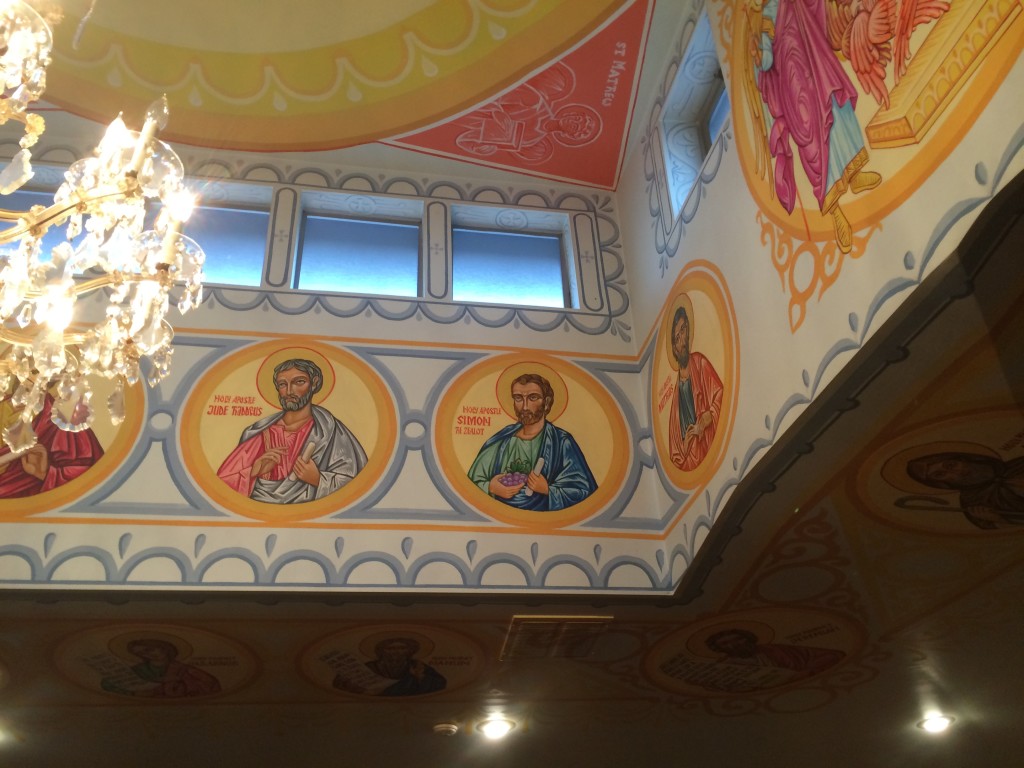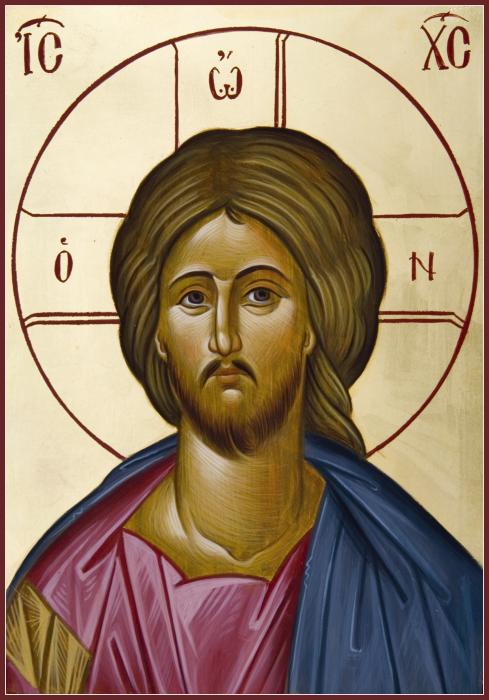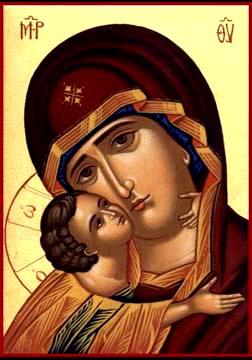Symbolism: Simon’s Grapes

So a couple of weeks ago at Matins, I looked up into the dome of our church and saw the icon of Simon the Zealot. In the icon, you can see that he’s holding some grapes. Why is this symbol associated with this Apostle?

Fortunately, I recently spent some time with an iconographer and I asked him about their significance. He pointed out that Simon “the Zealot” is also known as Simon “the Canaanite” and that there is a tradition in the East that this Simon was the groom at the wedding in Cana towards the beginning of John’s Gospel. The grapes are a reference to the miracle the Lord performed there, turning water into wine.
With more probability, Baronius, following Nicephorus (Hist. l. 8. c. 30), thinks that the bridegroom at this marriage was the Apostle Simon, who was surnamed the Cananite from Cana.
– Cornelius La pide
The commentator Cornelius then goes on to make a very interesting comment which I think has some interesting implications:
As soon as Simon had seen this miracle of Christ at his wedding, he bade farewell to his bride and the world, and followed Him, and was chosen to be one of His twelve Apostles. This was the reason why Christ came to this wedding; and by coming, indeed, honoured marriage; but by calling him to Himself, He showed that celibacy and the apostolate were better than marriage.
– Cornelius La pide




